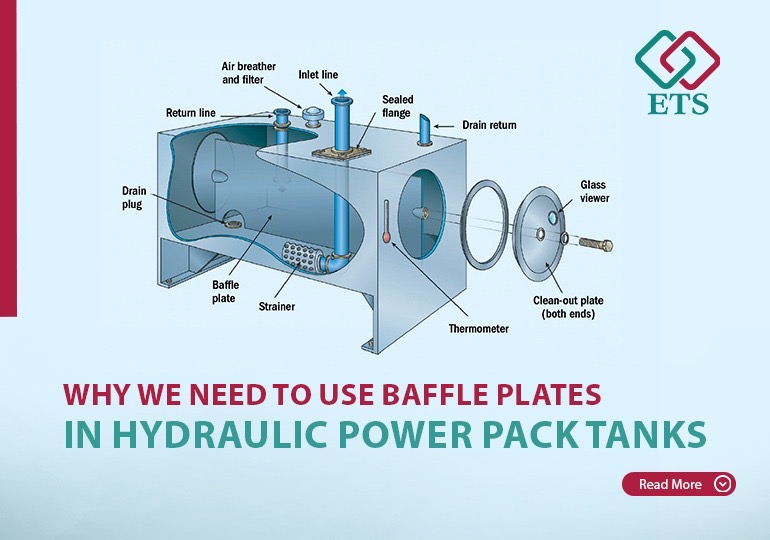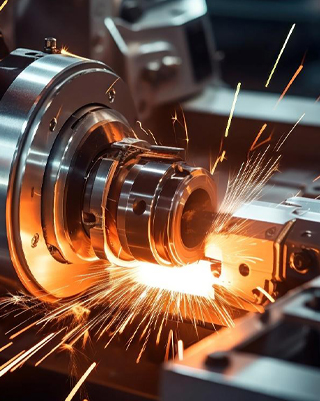Baffle plates are used in hydraulic power pack tanks for several important reasons related to fluid control and system efficiency. Here's a breakdown of their purposes:
1. Preventing Fluid Turbulence
When hydraulic fluid returns from the system, it can enter the tank at high velocity.
Baffle plates slow down and redirect this fluid, reducing turbulence and allowing the oil to settle smoothly.
2. Improving Heat Dissipation
By slowing the fluid flow and promoting laminar movement, baffles increase the contact time between the oil and the tank walls, aiding in heat dissipation.
This helps maintain the optimal operating temperature of the hydraulic fluid.
3. Promoting Air and Contaminant Separation
Turbulent flow keeps air bubbles and contaminants suspended in the oil.
Baffles allow the oil to move slowly and steadily, enabling air bubbles to rise and escape and contaminants to settle at the bottom.
4. Preventing Direct Flow Between Return and Suction Lines
If the return line (where used oil enters the tank) and the suction line (where clean oil is drawn from) are close, oil can flow directly from return to suction.
Baffle plates force the oil to travel a longer path, ensuring it has time to cool, de-aerate, and settle before being reused.
5. Enhancing Tank Capacity Efficiency
With proper baffling, even a smaller tank can manage fluid dynamics more effectively.
This means better use of tank space and improved overall system performance.
🔧 Summary:
Baffle plates in a hydraulic power pack tank improve cooling, reduce turbulence, promote de-aeration, and ensure cleaner oil recirculation. They are essential for maintaining the efficiency, reliability, and longevity of the hydraulic system.


